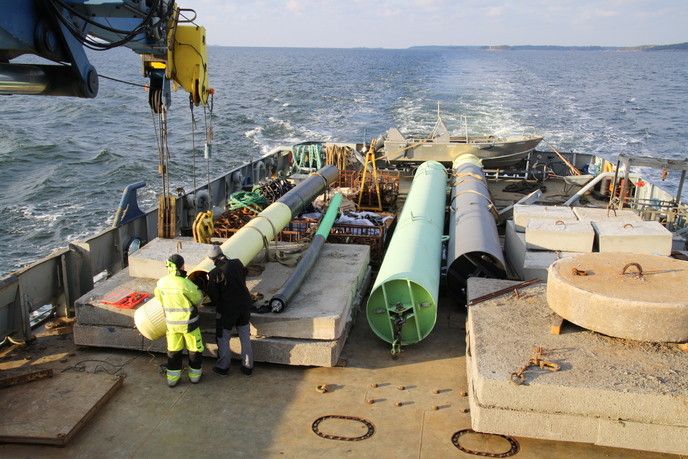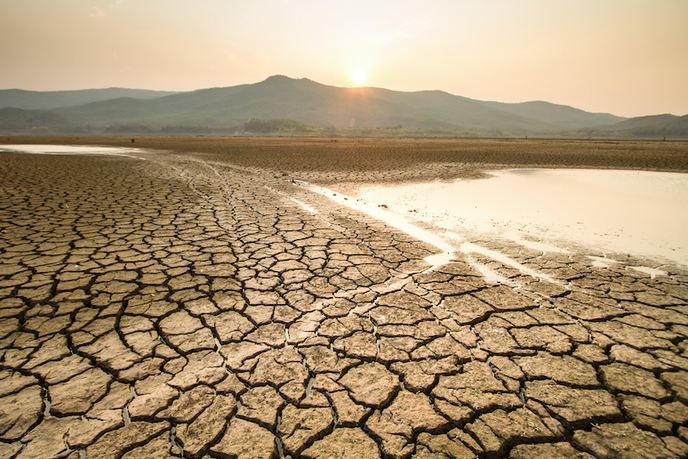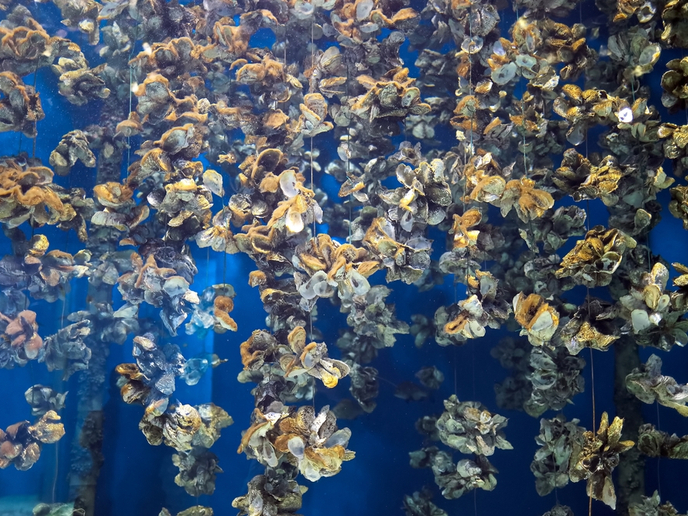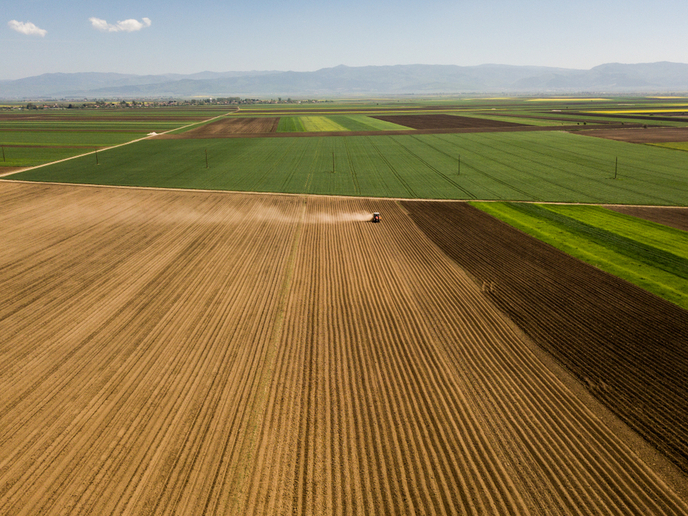Enhanced detection, response and impact assessment of Arctic oil spills
Climate change may introduce new shipping routes in the Arctic. If these lead to oil spills, due to the area’s remoteness, conventional response equipment may not be available within a reasonable timeframe and the cold and icy conditions may require specially adapted equipment. The EU-funded Research and Innovation Action project GRACE (Integrated oil spill response actions and environmental effects) conducted a range of tests to develop better monitoring, response and impact assessment tools. These culminated in the Environment & Oil Spill Response (EOS) analytical tool for environmental assessment to support oil spill response planning, soon to be freely available on the Internet.
Observation
The GRACE monitoring system measured oil in water in the open sea, principally in fairways, the likeliest location of spills. The main measurement method used was UV-fluorescence, which was tested on different platforms such as ships FerryBox system, buoys SmartBuoy and other platforms (e.g. gliders, drifter buoys etc.). The allied data management system allows users to see real time, high resolution data using web-based interfaces. The system can activate alarms when oil spills occur, as well as presenting data in graphs and tables to help users generate statistical probabilities of oil spills occurring. A model was also developed of likely oil distribution for a coastal area near Tallinn in the Baltic Sea in the aftermath of a spill.
Impact assessment and response
In the laboratory, GRACE studied the effect of oil components dissolved in water under an oil slick. The team overlaid water with oil, then after stirring for about 2 days tested the cells of a range of organisms present in the water, from copepods and mussels to zebrafish embryos and larvae. This was followed by measurement of physiological response to exposure. The results showed that dispersed oil in the vast majority of cases was more toxic to the organisms than undispersed oil and that more refined oil seemed more toxic than crude oil. “The results indicated that dispersants should be used with caution, especially in sensitive ecosystems such as the Arctic and Baltic Sea,” says Ms Kirsten Jørgensen, project coordinator at the Finnish Environment Institute (SYKE). The team at RWTH Aachen University was also able to find links between genetic, metabolic and visual damage in biota due to oil. For example, they observed eye development disorders in zebrafish. Following this, GRACE defined a set of bioassays suitable for investigating oil spill impacts on organisms as well as the first prototype of a flow-through oil biosensor using hatched zebrafish embryos. Mechanical recovery, dispersion, in situ burning and natural attenuation (doing nothing) were all evaluated for their effectiveness in tackling spills, across the four seasons. These strategies were assessed separately for their impact on species/organisms, from individuals to populations, at the sea surface, in seawater, on the seabed and on the shoreline. This procedure was included in the EOS tool alongside guidance to assist users with the calculations necessary for decision-making.
Wider benefits
The EOS analytic tool is currently being tested at Aarhus University and the Greenland Institute of Natural Resources. The team expect to launch the free open source tool by the end of October 2019. “Our work also promotes the business potential for companies in producing oil response equipment and monitoring services, as well as increasing public acceptance of offshore activities subject to thorough environmental assessments,” says Jørgensen.
Keywords
GRACE, oil spills, pollution, aquatic ecosystems, Arctic, shipping, zebrafish, bioassays, UV-fluorescence, buoys, slick







